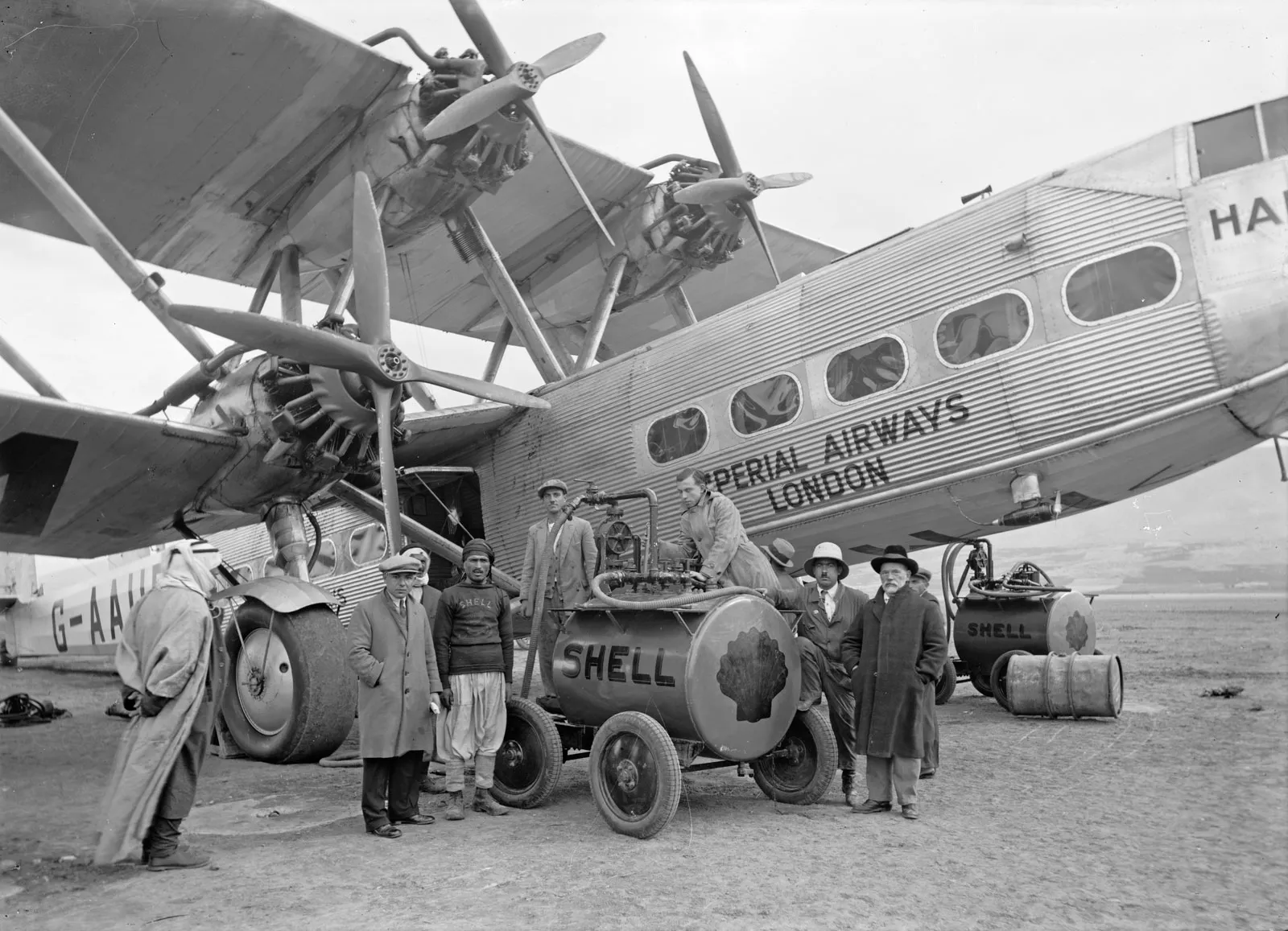
Commercial aviation history is packed with milestones that have shaped how we travel today. From the first passenger flight to the development of jumbo jets, each step has brought us closer to the skies. Did you know the first scheduled commercial flight took off in 1914? Or that the Boeing 747, introduced in 1970, revolutionized air travel with its massive size and range? These advancements didn't just happen overnight. They are the result of decades of innovation, risk-taking, and a relentless pursuit of making the world more connected. Commercial aviation has not only transformed how we travel but also how we perceive distance and time. Ready to learn more? Buckle up as we explore 11 fascinating facts about this incredible journey.
Key Takeaways:
- Commercial aviation has a rich history, from the first scheduled flight in 1914 to the introduction of the Airbus A380 in 2007, showcasing remarkable advancements in technology and passenger comfort.
- Safety has always been a top priority in commercial aviation, with innovations like the "black box" flight recorder and the Aviation Safety Reporting System contributing to improved accident investigations and prevention.
The Dawn of Commercial Aviation
Commercial aviation has a fascinating history filled with milestones and innovations. Here are some intriguing facts about its early days.
-
The first scheduled commercial flight took place on January 1, 1914. A Benoist XIV biplane flew from St. Petersburg to Tampa, Florida, covering 21 miles in 23 minutes.
-
The first airline, DELAG (Deutsche Luftschiffahrts-Aktiengesellschaft), was founded in 1909 in Germany. It operated Zeppelin airships and carried over 34,000 passengers before World War I.
-
The first international commercial flight occurred in 1919. A KLM aircraft flew from London to Amsterdam, marking the beginning of international air travel.
Innovations and Milestones
As technology advanced, so did the capabilities of commercial aviation. Here are some key innovations and milestones.
-
The introduction of the jet engine revolutionized air travel. The first commercial jet, the de Havilland Comet, took to the skies in 1952, offering faster and more efficient flights.
-
The Boeing 707, introduced in 1958, became the first successful commercial jetliner. It could carry more passengers and fly longer distances, making air travel more accessible.
-
The Concorde, a supersonic passenger jet, began commercial flights in 1976. It could fly from New York to London in just over three hours, cutting travel time in half.
Safety and Regulations
Safety has always been a priority in commercial aviation. Here are some facts about the evolution of safety and regulations.
-
The Federal Aviation Administration (FAA) was established in 1958 to regulate and oversee all aspects of civil aviation in the United States.
-
The introduction of the "black box" flight recorder in the 1960s significantly improved accident investigations and led to better safety measures.
-
The Aviation Safety Reporting System (ASRS) was created in 1976. It allows pilots and other aviation professionals to report safety concerns anonymously, helping to prevent accidents.
Modern Commercial Aviation
Today's commercial aviation industry is a marvel of technology and efficiency. Here are some facts about modern air travel.
-
The Airbus A380, introduced in 2007, is the world's largest passenger airliner. It can carry up to 853 passengers and has a range of 8,000 nautical miles.
-
The Boeing 787 Dreamliner, first delivered in 2011, features advanced materials and technologies that improve fuel efficiency and passenger comfort.
The Sky's the Limit
Commercial aviation has come a long way since its early days. From the first scheduled flight in 1914 to the development of supersonic jets, the industry has seen incredible advancements. These innovations have made air travel faster, safer, and more accessible to people around the globe.
Understanding the history of commercial aviation gives us a greater appreciation for the conveniences we often take for granted. It also highlights the importance of continued innovation and safety improvements. As technology evolves, who knows what the future holds for air travel?
Whether you're a frequent flyer or someone who dreams of soaring through the skies, knowing these facts can make your next flight a bit more interesting. So next time you board a plane, take a moment to think about the incredible journey that got us here.
Frequently Asked Questions
Was this page helpful?
Our commitment to delivering trustworthy and engaging content is at the heart of what we do. Each fact on our site is contributed by real users like you, bringing a wealth of diverse insights and information. To ensure the highest standards of accuracy and reliability, our dedicated editors meticulously review each submission. This process guarantees that the facts we share are not only fascinating but also credible. Trust in our commitment to quality and authenticity as you explore and learn with us.


